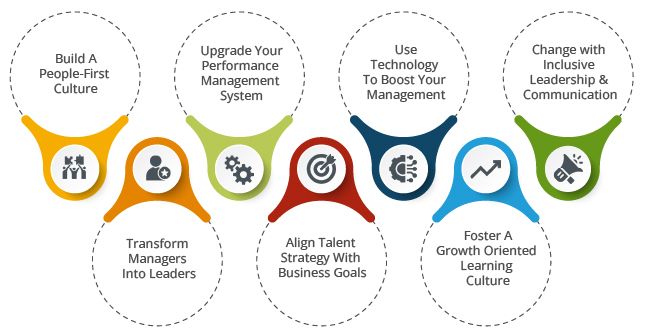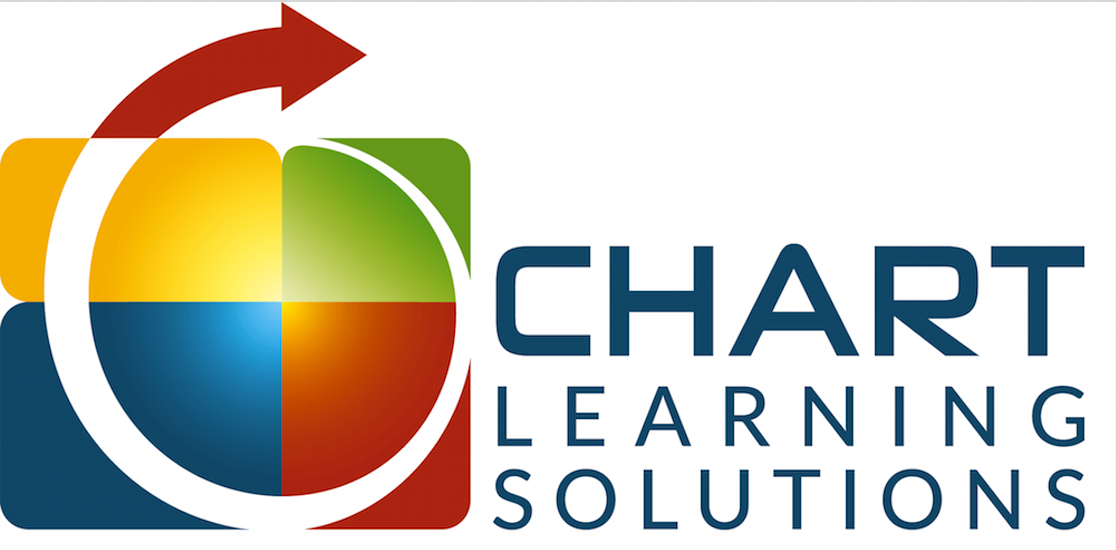Is your talent strategy driving growth—or just filling seats?
In a world of constant disruption, the ability to attract, develop, and retain top talent isn’t a support function it’s a strategic imperative. Organizations that win in the long run are those that treat their talent management and development strategy as a core driver of innovation, agility, and competitive edge.
This article reveals seven powerful strategies to help you align people with purpose, build a future-ready workforce, and transform your talent strategy into a lasting business advantage.
But first, let’s clarify what talent management really means—and why it matters more than ever.
Talent management refers to the comprehensive strategy that organizations use to recruit, develop, retain, and deploy employees in a way that supports long-term business goals. It’s not just an HR function—it’s a core business strategy that ensures companies have the right people, in the right roles, at the right time.
At its core, talent management answers the critical business question - “How do we build and sustain a workforce capable of delivering on our strategic objectives?”
Attracting high-potential individuals through employer branding, streamlined recruitment processes, and targeted sourcing strategies.
Providing new hires with the tools, support, and knowledge needed to succeed from day one—crucial for retention and performance.
Offering growth opportunities through continuous learning, upskilling, and
leadership development programs. This is where talent development best practices come into play.
Implementing systems that go beyond annual reviews to include regular feedback, goal-setting, and career progression discussions.
Identifying and preparing internal talent for future leadership roles—ensuring business continuity and reducing the risk of key-person dependency.
Creating a workplace culture where employees feel valued, supported, and motivated to stay—closely tied to organizational culture and employee experience.
Organizations with a strong talent management system adapt faster to change, scale more efficiently, and innovate more effectively.
When the right people are placed in the right roles with clear goals, aligned incentives, and access to learning, performance soars.
Companies known for great people practices attract top talent, lower recruitment costs, and enjoy higher employee referrals.
Losing a high-performer can cost 1.5–2x their annual salary. Strategic talent management reduces this risk by fostering loyalty and career development.
With AI, automation, and market shifts constantly evolving, businesses need to stay ahead by continuously developing and redeploying skills.

Organizational culture is not just about perks and values painted on walls—it's the invisible force that drives performance and engagement.
Here's how to embed culture into your talent strategy:
- Define and communicate core values : Ensure they guide hiring, promotions, and performance reviews.
- Model from the top : Leaders should walk the talk—culture change sticks when senior leaders set the tone.
- Prioritize psychological safety : Employees thrive in environments where ideas, failures, and feedback are welcomed.
Transitioning from
peer to new manager is one of the most critical talent transitions. Yet, many organizations overlook this moment.
Actionable strategies:
- Formal onboarding for first-time managers : Offer training on communication, conflict resolution, and time management.
- Mentorship programs : Pair new managers with experienced leaders.
- Redefine performance expectations : Shift focus from doing the work to enabling others to succeed.
Investing in first-time managers builds future-ready leaders and reduces friction in team dynamics.
Outdated performance systems are a roadblock to growth. The modern approach focuses on development, not just evaluation.
Talent development best practices for performance:
- Continuous feedback loops: Replace once-a-year reviews with regular check-ins.
- OKRs (Objectives and Key Results): Align employee goals with business objectives.
- Personalized growth paths: Use data to tailor development plans based on performance gaps and career aspirations.
A robust performance management system boosts engagement and ensures alignment with your business goals.
One of the biggest mistakes companies make is designing learning or hiring initiatives in isolation. A truly effective talent strategy must be business-driven.
Ask these critical questions:
- What business goals are we trying to achieve?
- What skills or capabilities are missing?
- How can talent drive outcomes?
From digital transformation to market expansion, every business change must have a matching talent plan.
Today’s talent management system must be agile and tech-enabled. AI and automation are revolutionizing how companies recruit, train, and retain talent.
Smart tech integrations:
- AI-powered hiring tools : Automate resume screening and match skills with job roles.
- Learning platforms with AI : Recommend learning paths based on roles, skill levels, and business priorities.
- Analytics dashboards : Measure impact, track progress, and adjust strategies in real time.
According to IBM, organizations using AI in HR processes reduce hiring bias and improve learning outcomes.
In today’s landscape, companies compete on how fast they can learn, not just how well they operate.
Develop a culture of learning by:
- Embedding learning in the flow of work (microlearning, coaching)
- Offering diverse modalities (on-demand, mentorship, workshops)
- Recognizing learning milestones as part of performance appraisals
This reinforces your talent development best practices and helps build skills critical for the future of work.
Change fails when communication and leadership are unclear. To succeed, leaders must anticipate resistance and manage it proactively.
What works:
- Adoption strategy first: Before rolling out initiatives, create plans that focus on behavioral change.
- Incentives and recognition: Align rewards with desired outcomes.
- Transparent communication: Leaders must be visible, consistent, and honest about what’s changing and why.
Change is more than tools—it’s about people. The most successful organizations guide employees through change, not just announce it.
To future-proof your business, you need a talent strategy that is flexible, technology-driven, and deeply integrated with your culture and goals. Whether it’s empowering new managers, building inclusive leadership, or creating AI-powered learning paths, the time to act is now.
By implementing these seven strategies, you’ll not only enhance employee experience but also drive business success in a rapidly changing world.

